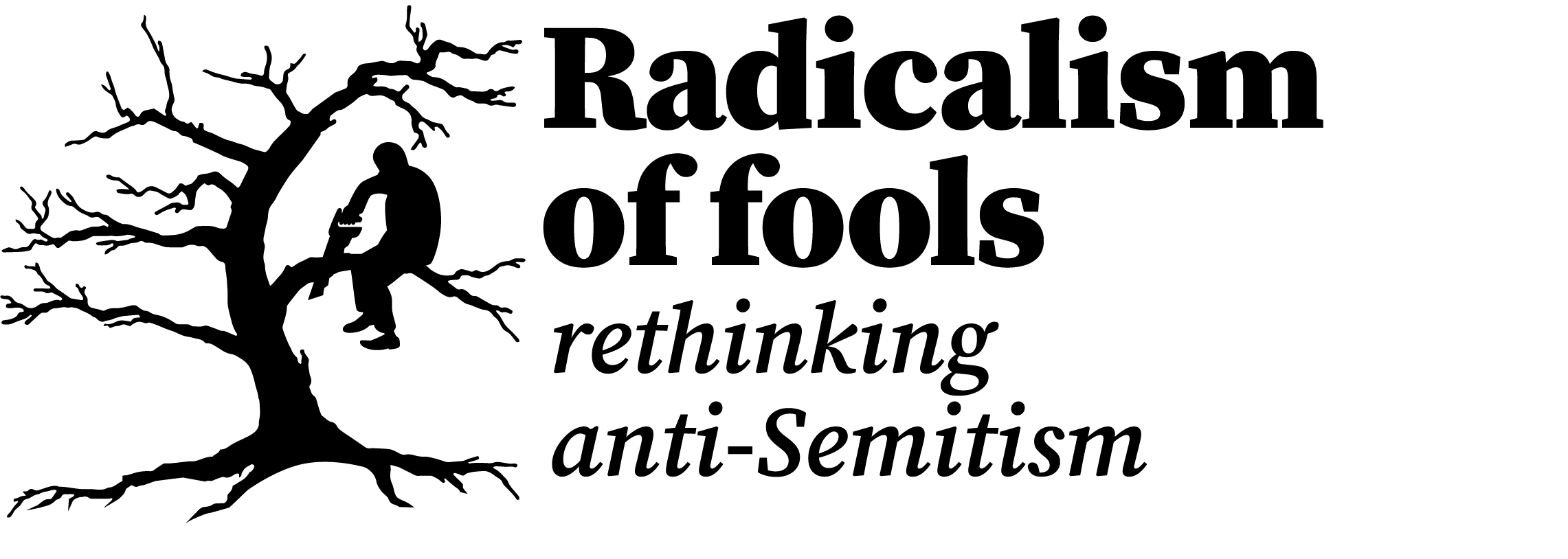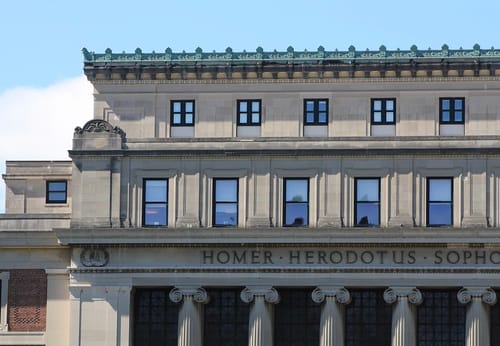Until recently it looked likely that the anti-Israel campus protests in America were concentrated in elite institutions but it was not possible to be sure.
There were other possible explanations for their prevalence at places such as Columbia and Harvard. Most notably it could be that protests at such institutions got more media coverage, and attracted more general interest, precisely because of their prestige.
However, a recent statistical study in the Washington Monthly, a magazine focused on American politics, showed a clear correlation between elite institutions and anti-Israel protests. They got more coverage because that is where most such demonstrations took place. To quote its conclusion: “Whatever the cause, the pattern is clear: Pro-Palestinian protests are overwhelmingly an elite college phenomenon.” The magazine article was followed up by a Tikvah podcast featuring an interview with Marc Novicoff, one of the authors.
Novicoff and Robert Kelchen, his co-author, based their research on information from the Harvard Crowd Counting Consortium and news reports of protests. Then they matched the data on the campus protests to the percentage of students who received Pell grants (given to those from moderate and low income families). On that basis it was already clear that anti-Israel protests were rare at universities with a high proportion of students with Pell grants.
As the authors put it: “In the vast majority of cases, campuses that educate students mostly from working-class backgrounds have not had any protest activity. For example, at the 78 historically Black colleges and universities (HBCUs) on the Monthly’s list, 64 percent of the students, on average, receive Pell Grants. Yet according to our data, none of those institutions have had encampments and only nine have had protests, a significantly lower rate than non-HBCU schools.”
The authors then drilled down into the data further. That included separating private and public institutions with the former generally having much higher tuition fees. That showed an even stronger association between anti-Israel protests and students coming from a wealthier background.
That was not the end of their statistical analysis but those who are interested can consult the original article.
Of course showing a correlation is not the same as explaining why it has occurred. The authors argue the most likely explanation is that poorer students more often have off-campus jobs and nearby family members to take care of. They are more concerned with managing their everyday commitments than taking a stance on a conflict happening thousands of miles away. In contrast, wealthy students from elite institutions have more time to indulge in what some call “luxury beliefs”.
The study did not cover Britain or other countries but it seems likely – although of course not certain – that anti-Israel protests are also focused on elite institutions.
In any event the attachment of the young elite to the anti-Israel cause has broader implications. It suggests that it is most likely the direction of travel of America’s leaders. Indeed that has become increasingly clear over the years. The anti-Israel boycott movement at universities has gained considerable momentum since it started in 2001 at the University of California, Berkeley.
This Anti-Israel sentiment is in line with the more general estrangement of the elite with the achievements of western civilisation. The contemporary decolonisation movement seems determined to purge the universities of the achievement of western civilisation. Instead of universities playing the essential role of transmitting human knowledge between generations many are intent on destroying it in the name of decolonisation. Israel – derided as a “colonial-settler state” – is their most direct target but it is on the front line of a wider hostility to the West.
It is sobering to be reminded that the anti-Israel protests at Columbia university – arguably at the epicentre of the movement – took place close to the Butler library (pictured above). The building is a monument to some of the greatest thinkers that the world has ever produced. Carved in stone on its edifice are the names of leading contributors to the western canon including Aristotle, Plato, Socrates and many more.
For such protestors Israel has become a symbol of what they regard as the evils of the West. Israel’s destruction is therefore, in their view, a central part of their war against civilisation.
It is hard to think of a scene more symbolic of the crisis in which the West finds itself.
PHOTO: "Butler Library, Columbia University" by ryanwschwark is marked with Public Domain Mark 1.0.

